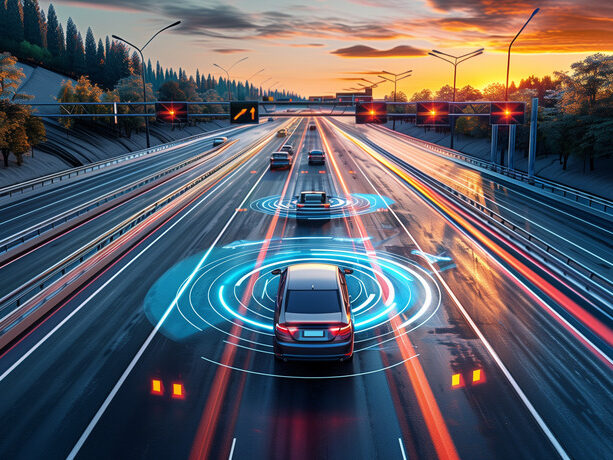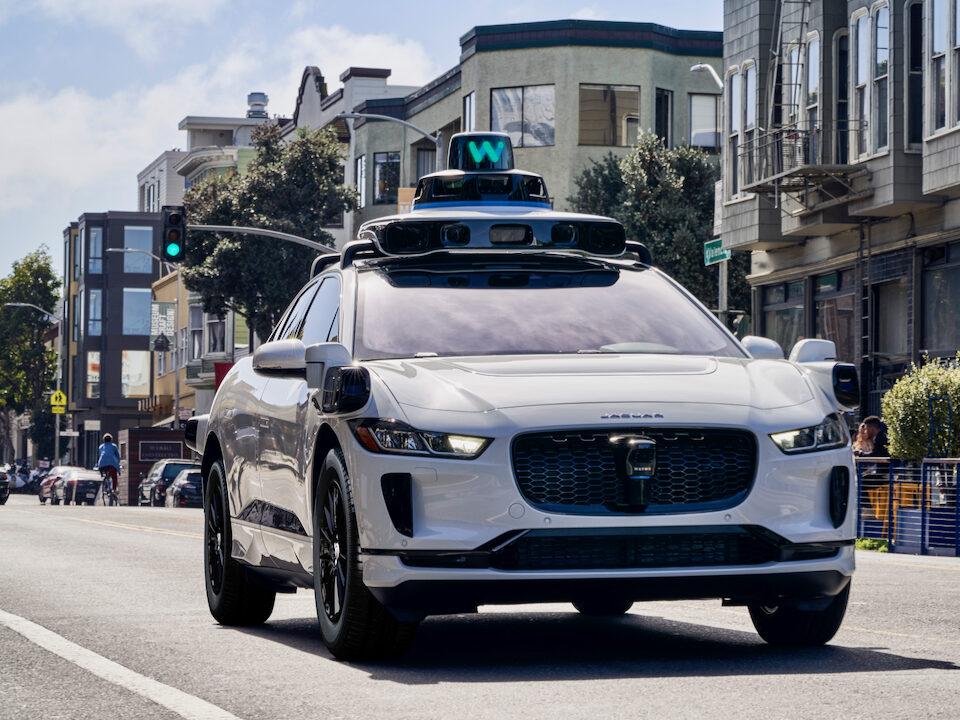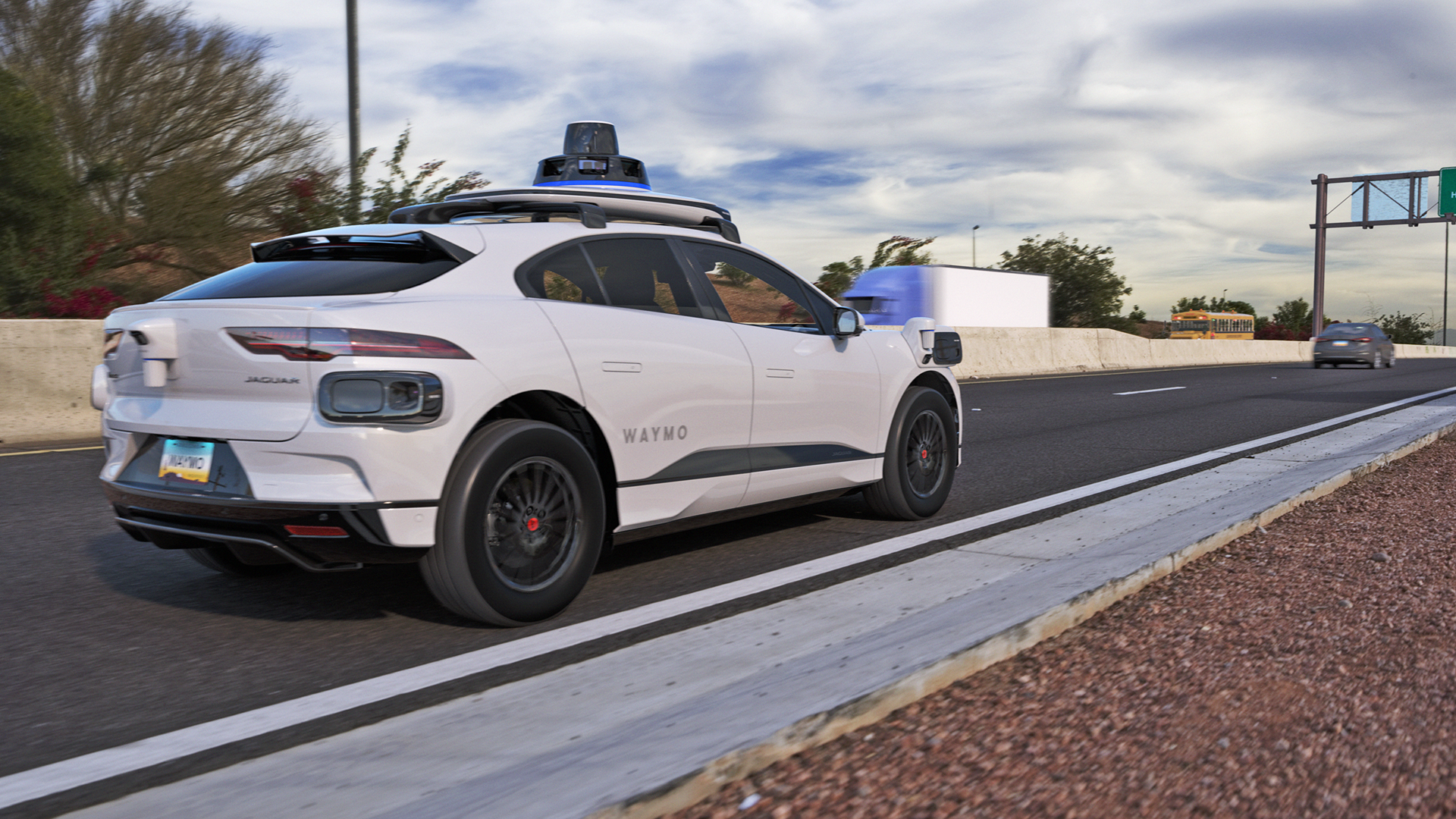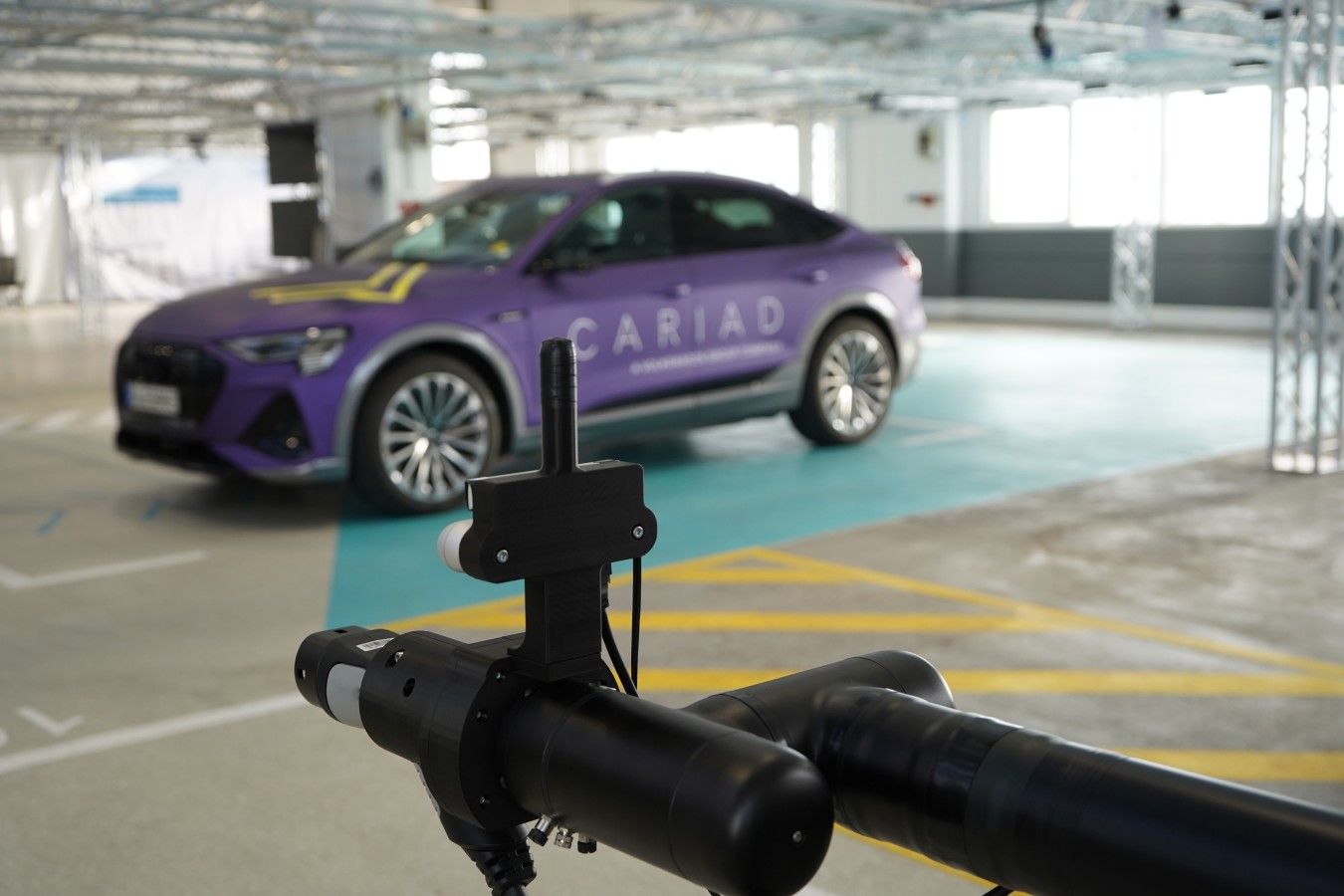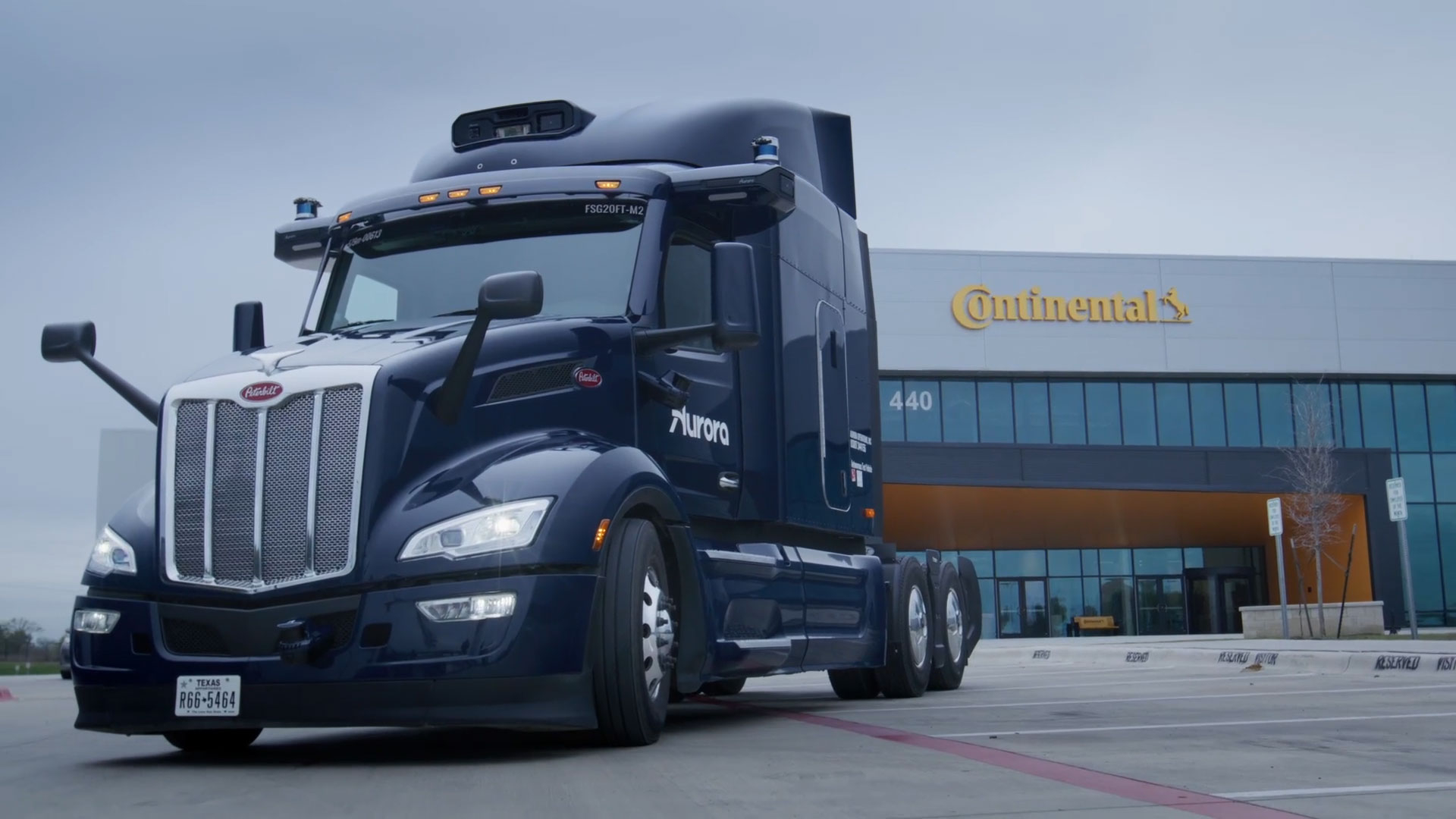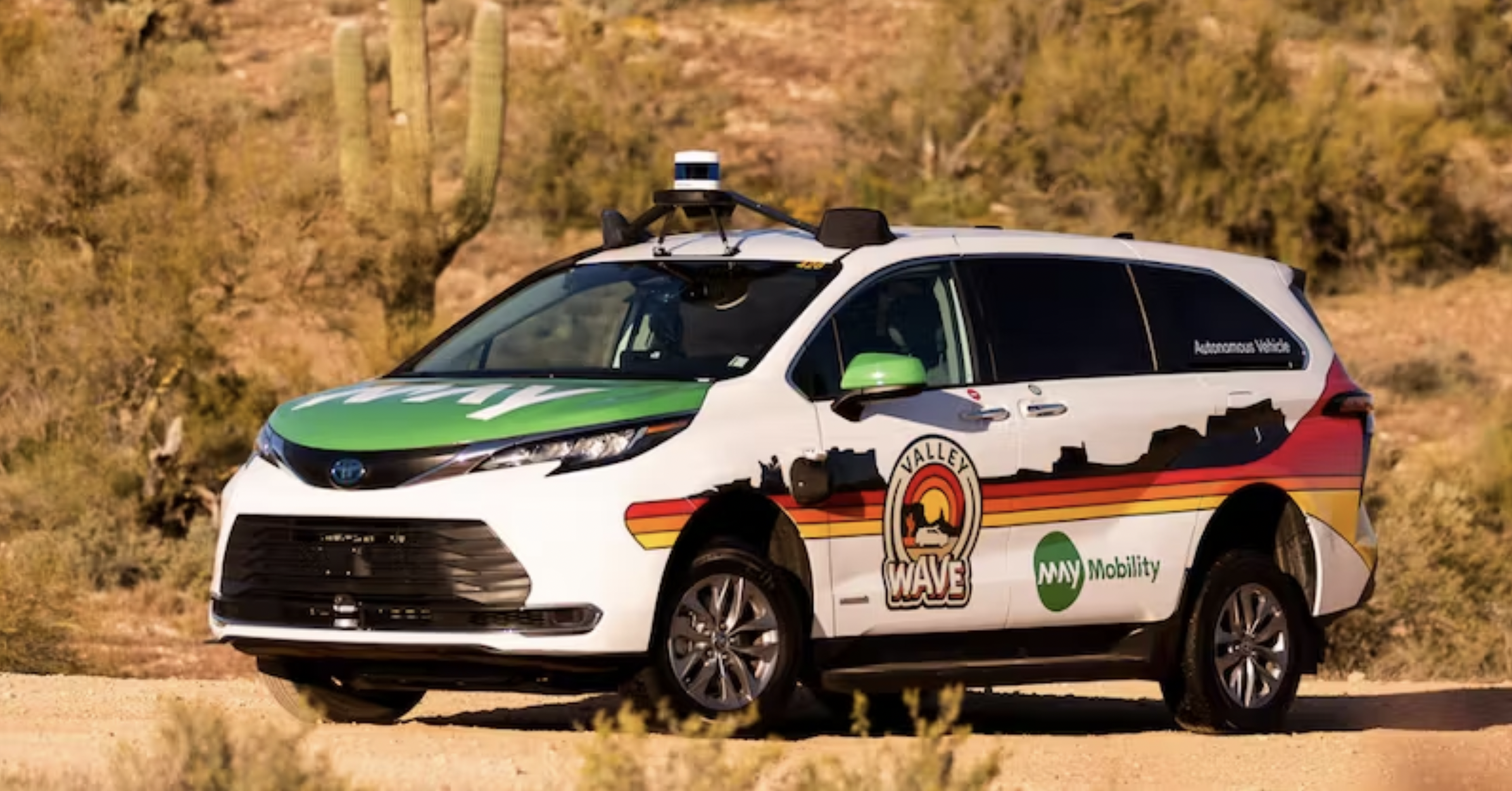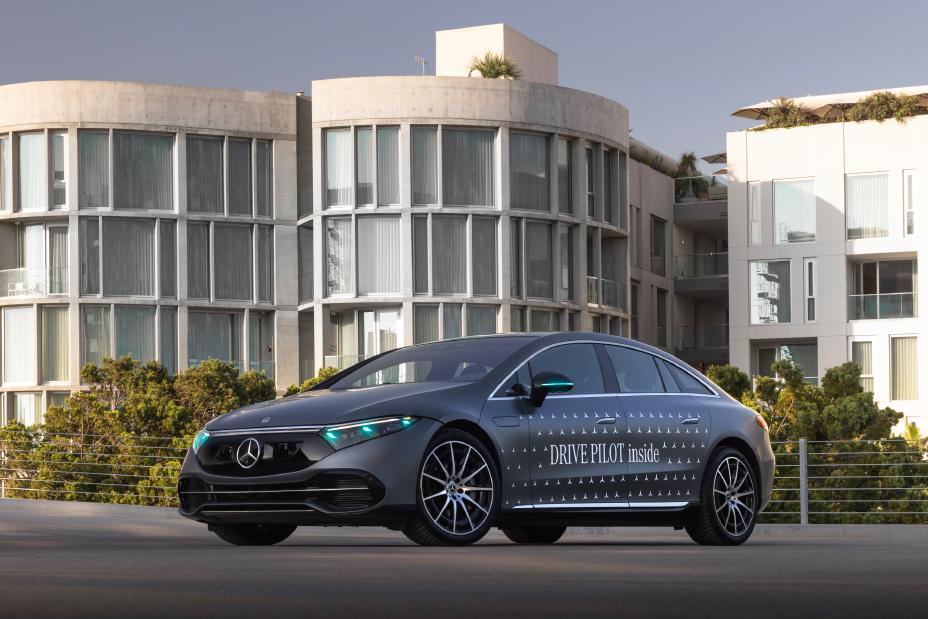Last week, CES 2024 presented the latest innovations in autonomous driving and explored the relevance of these technologies in rural settings.
During a panel discussion entitled “Self-Driving Has Entered the Rural Chat,” Laura Chace, President and CEO at ITS America spoke of the necessity for emerging technologies to have a positive impact on society. As a basic requirement in the transport sector, this corresponds to helping connect people to the goods and services they need.
This requirement is often seen as a greater challenge in rural settings with fewer transport connections. However, Edwin Olson, CEO and Founder of May Mobility, and Richard Steiner, VP of Government Relations and Public Affairs at Gatik, argued that autonomous driving offers an ideal solution to fill these access gaps.
The Movement of People
Olson stated that typically, on-demand autonomous services are perceived through the robotaxi model, such as offered by Cruise and Waymo. However, May Mobility instead aims to offer equitable and accessible on-demand services as part of local public transport networks to combat the need for private car ownership.
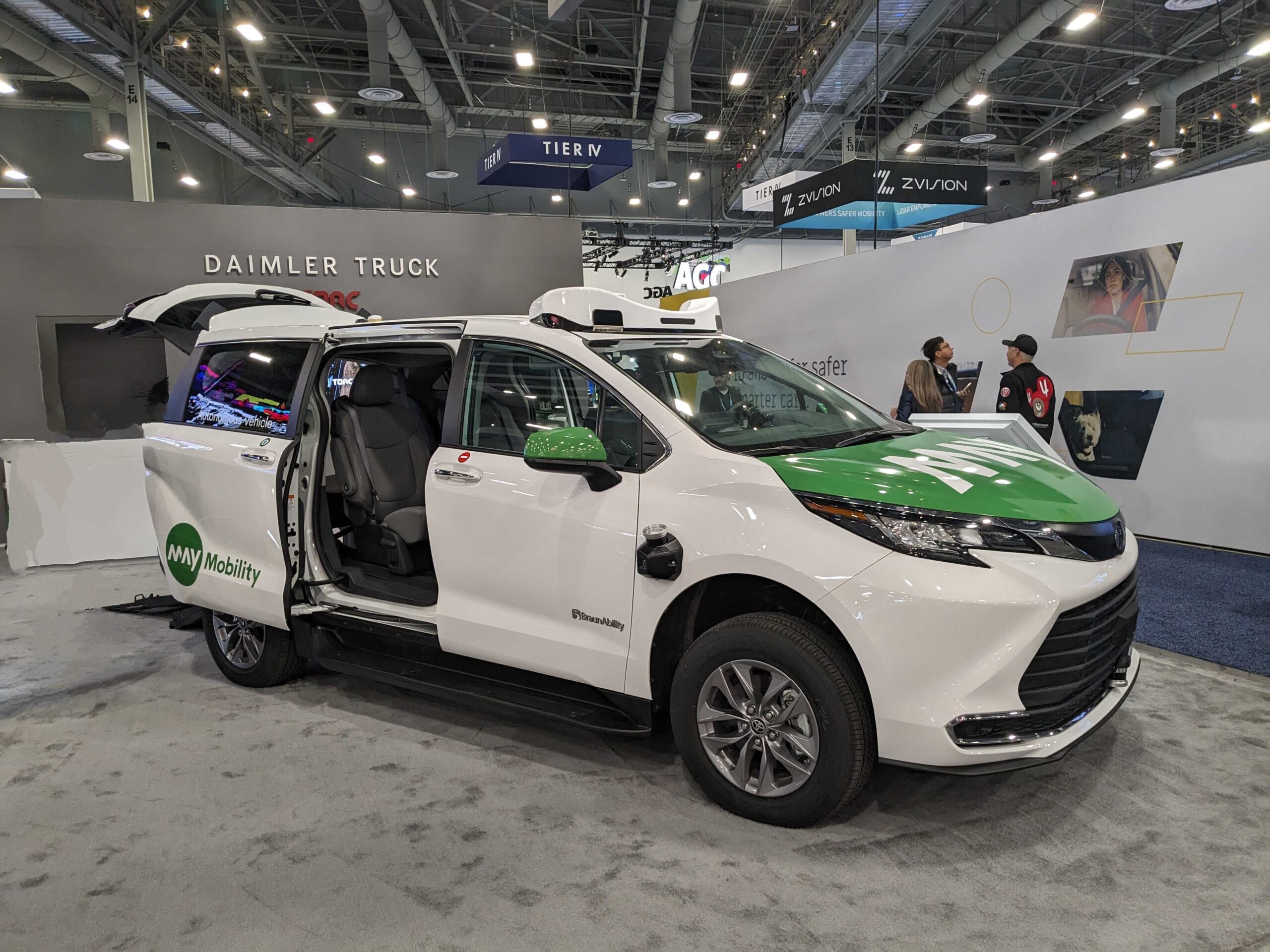
Smaller, autonomous vehicles such as those offered by May Mobility are a particularly relevant solution in rural areas, where low population densities lead to scarce transit ridership, and smaller roads may limit access for larger vehicles such as buses.
Furthermore, Olson highlighted that this is actually a more financially viable model for operators of autonomous services. Indeed, in urban areas, robotaxis have to compete with low-cost Uber and Lyft drivers, resulting in low revenue but high operating and start-up costs. In contrast, a regular bus currently costs approximately 150 USD an hour to operate, so by replacing or filling in for a standard public transport service, significantly more funding is available.
What’s more, Olson noted that robotaxis are often limited in their ability to offer efficient services due to restrictions on which roads autonomous vehicles can operate on, thus lowering the appeal for consumers. In contrast, public transit services are already used to indirect, set routes and can therefore work with the limitations.
The Movement of Goods
In addition to the need to effectively transport people, Chace also noted that the COVID-19 pandemic has altered people’s needs and expectations, with people now wanting more goods to be delivered to their homes, rather than to go out shopping.
With this change, Richard Steiner, VP of Government Relations and Public Affairs at Gatik, also noted that people want goods to be transported in smaller frequencies more quickly, rather than waiting for a bulk delivery to their area.
As a result, Gatik offers autonomous middle-mile delivery services using box trucks, allowing retailers to make regular deliveries in a cost-effective manner.
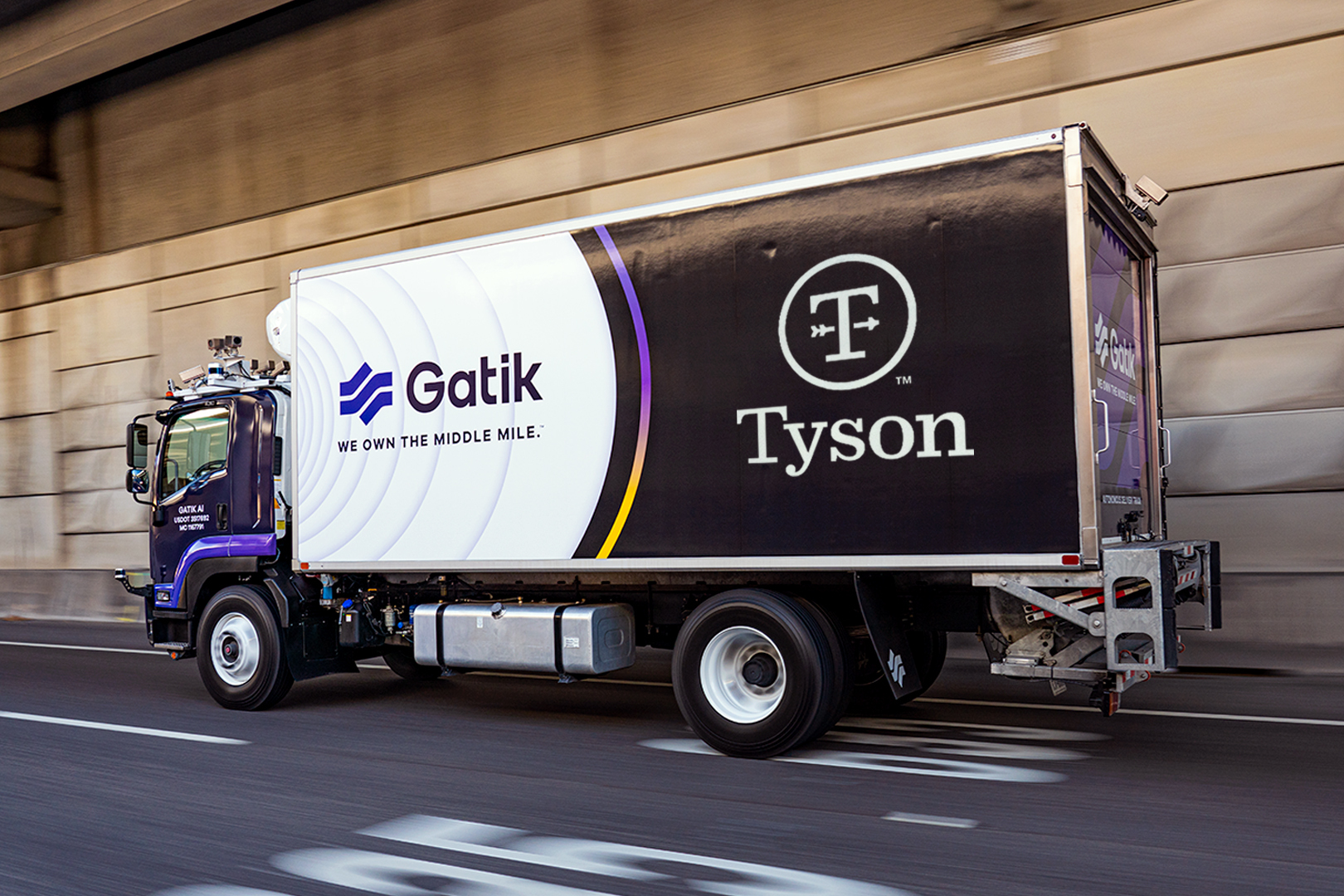
At CES, Steiner explained that this service directly responds to companies’ needs, as they typically struggle most with cost margins for these deliveries. By removing a driver, an autonomous service can overcome this issue and ensure goods can be delivered regularly to all locations in order to meet consumer demands and expectations.
Public Acceptance
Overall CES 2024 highlighted the significant potential for autonomous vehicles to improve transport for people and goods in rural areas. However, the panellists also acknowledged that public acceptance is currently the greatest barrier to widespread rollout.
As a result, Steiner advocated for true transparency when sharing data and testing results to help build public trust and demonstrate the greater safety benefits of autonomous vehicles.
Likewise, Olson acknowledged the benefit of May Mobility’s business model working in conjunction with city authorities and public transit agencies, rather than as a separate service. In doing so, a positive relationship can be established and live data is always available.
It is therefore hoped that in the long-run, issues regarding public acceptance can be overcome and autonomous vehicles can help improve equity and accessibility for all, including for those in rural communities.


